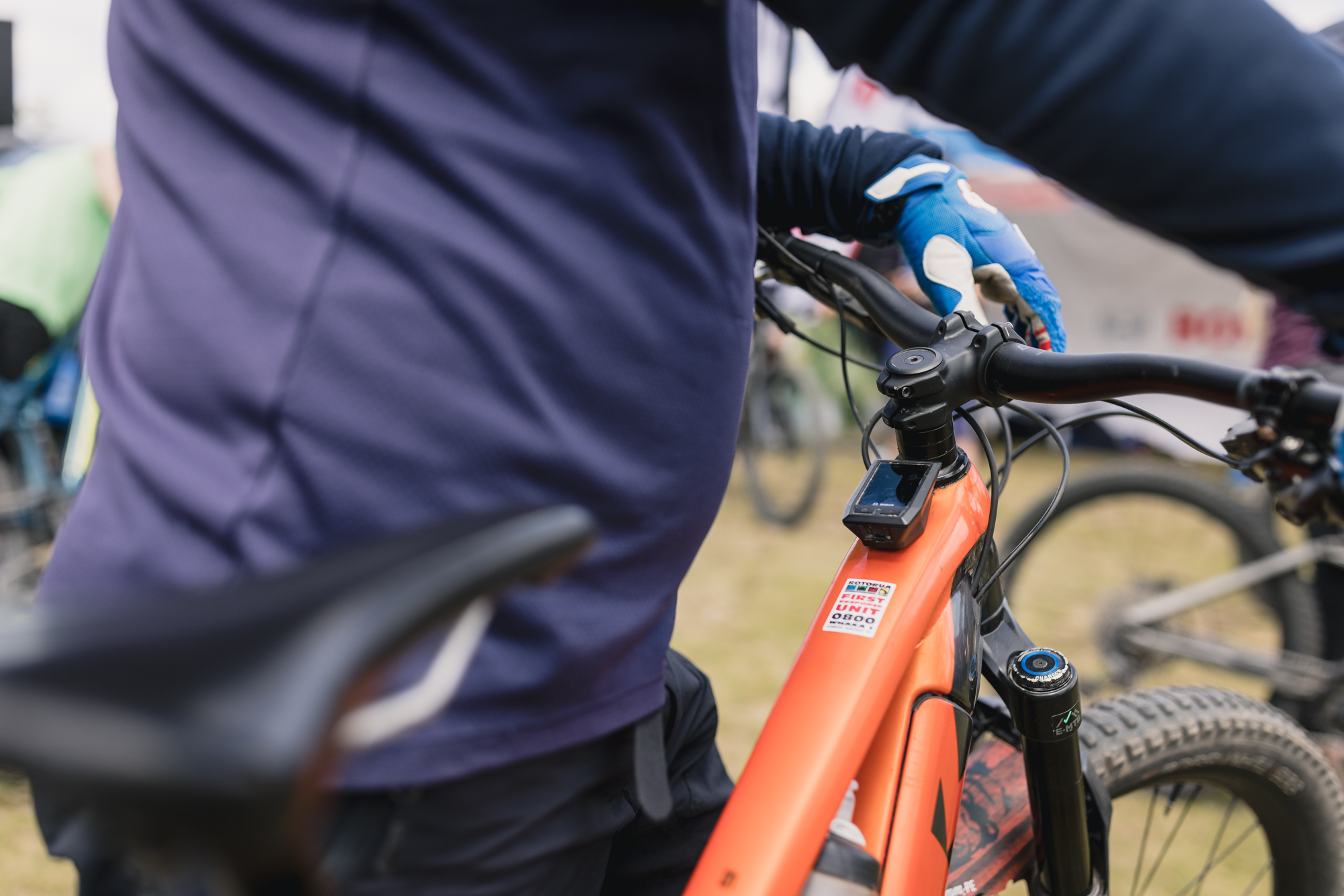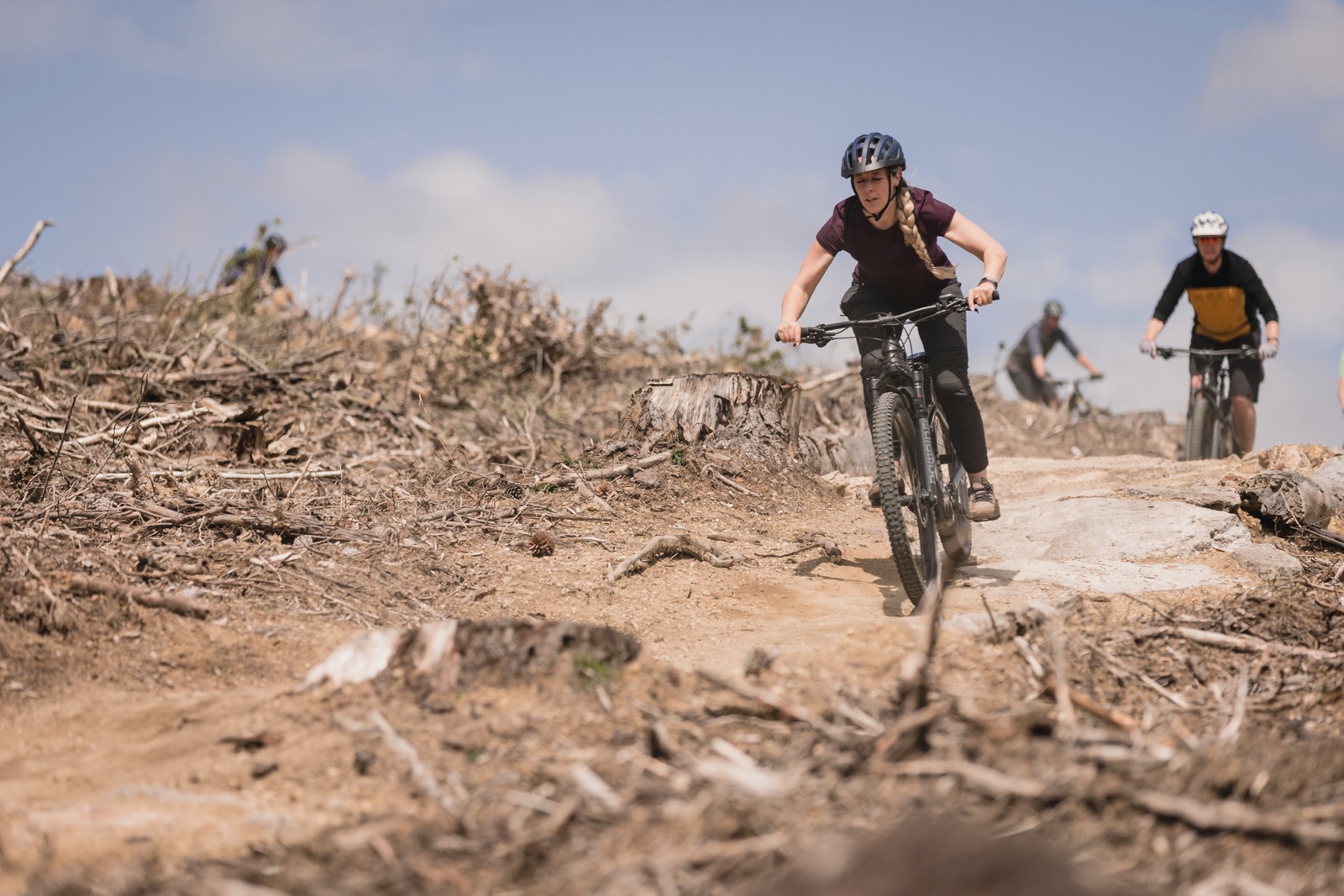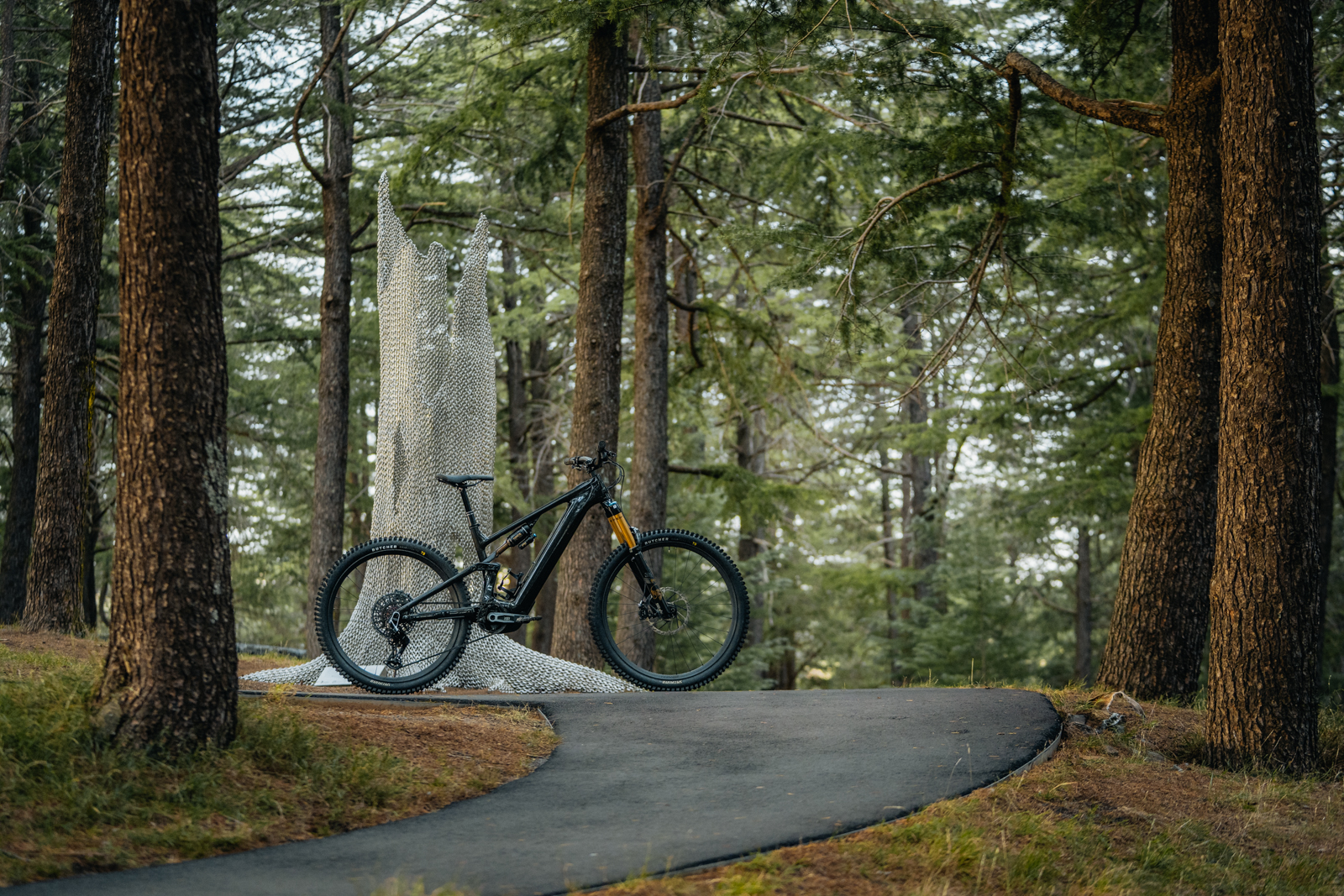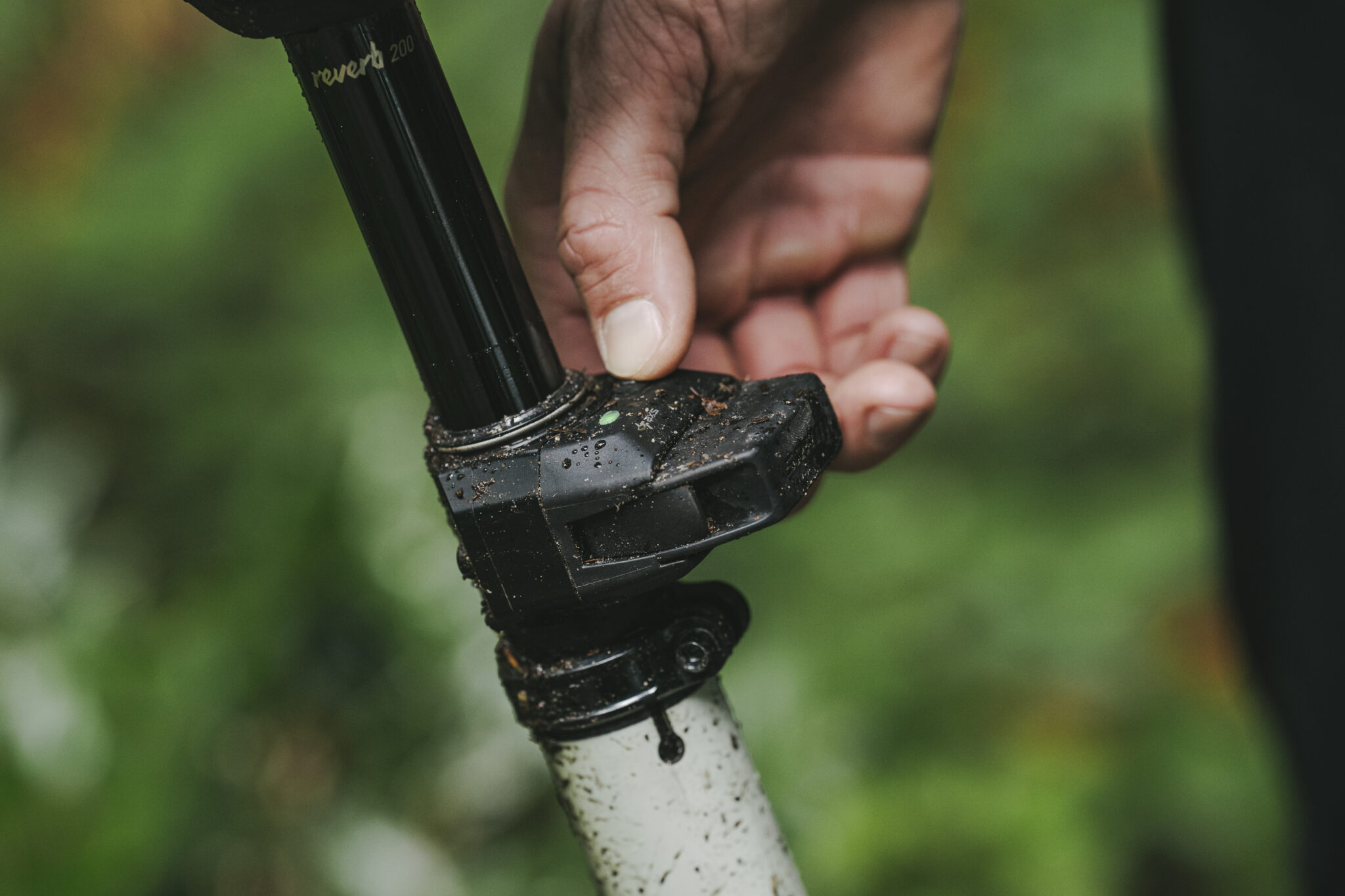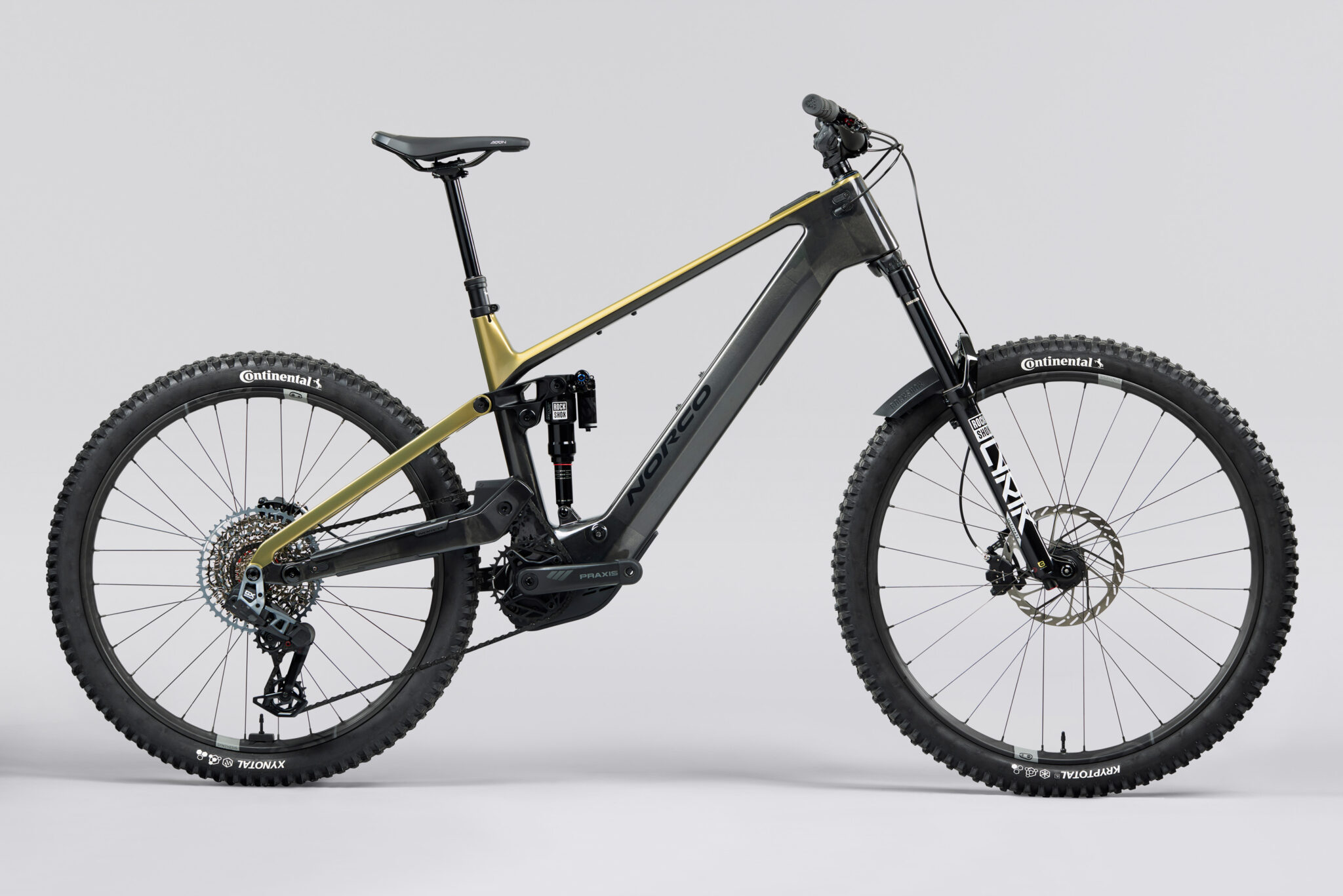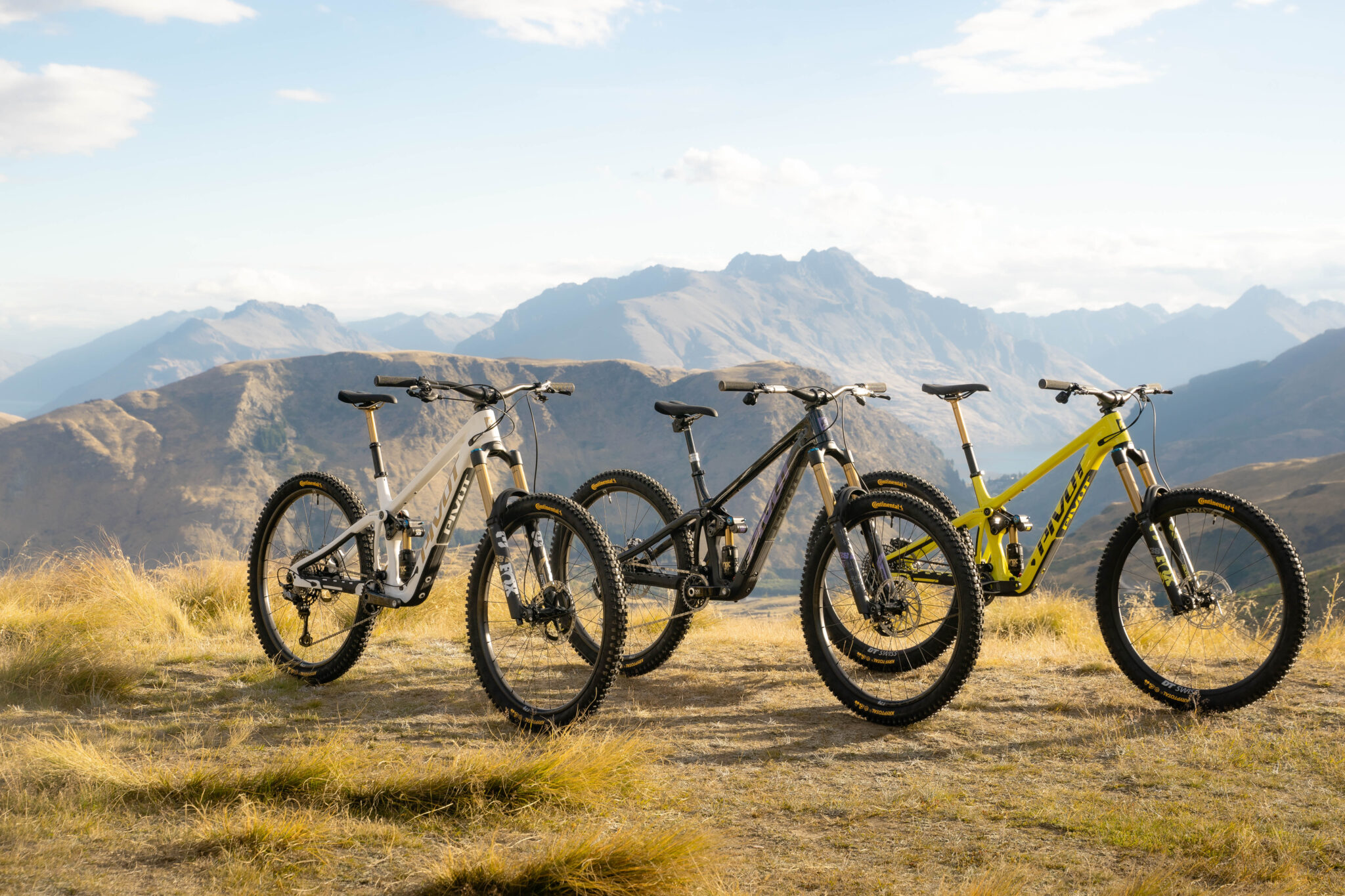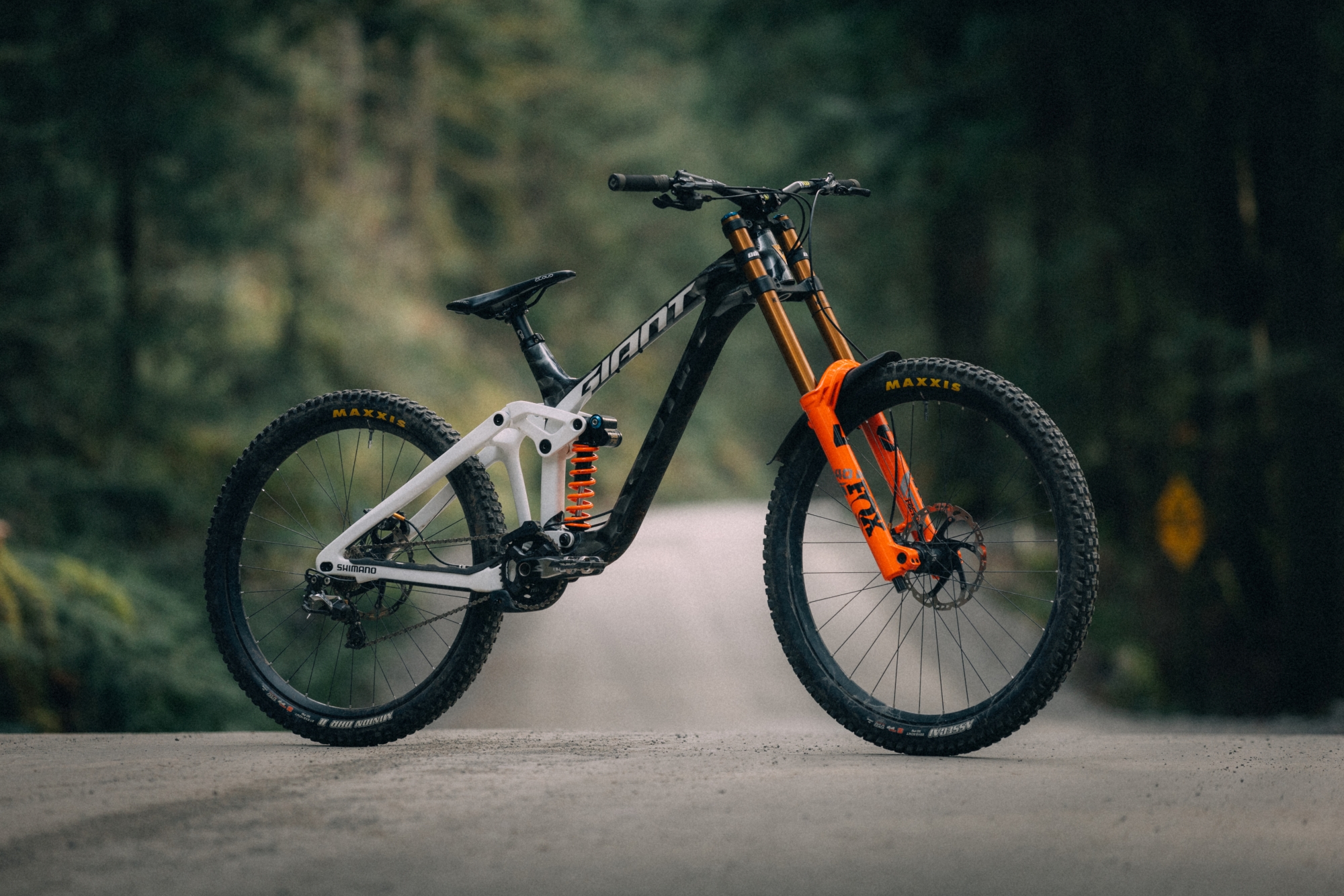OPINION: Should you chip your e-bike?
It's human nature to want to go faster, but at what cost?
Photos: Cam Mackenzie
The rise and rise of e-bikes for commuting, fitness, recreational cycling and mountain biking has been pretty monumental. The cycling industry has had a huge boom, with people appreciating the pedal assistance provided by all sorts of e-bikes. This reduces the fitness barrier for many aspects of cycling, and is a key part of making a bike a more viable transport option for others. In an eMTB sense, they're a tonne of fun, making the decision for one more run (and pedal up) a lot simpler for many.
Get all our eMTB content right here!
Some riders find an eMTB really helps them get a great ride in before or after work through the week, jamming out a few trails in a short amount of time thanks to the pedal assist. And others say the benefits are found more in a social setting, as all eMTBs have a top speed of 25km/h, and with the support on offer groups tend to climb trails together with plenty of banter before the next descent. Still, some find the 25km/h limit on assistance a hinderance, and consider 'chipping' the bike, or modifying it to remove the top speed restriction.
'It's human nature to want to go faster,' Ross Wilkinson from Bosch said, when I asked him about the implications of derestricting e-bikes. 'But there are so many elements and impacts from the decision to derestrict an e-bike.
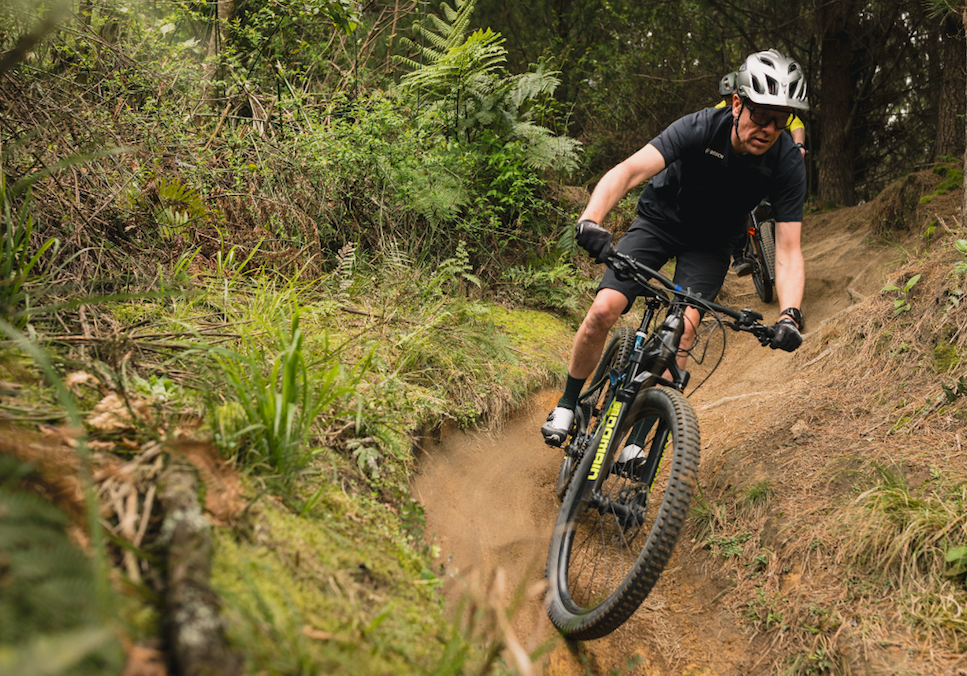
Ross points out that many people feel that the 25km/h limit is something flung only on us here in Australia. But it's actually the global standard, with just New Zealand and the US having a 32km/h limit instead.
'At Bosch, we really don't want to blur the lines between motorbikes and mountain bikes. If an eMTB needs to be regulated and riders need a licence, or access to trails is reduced – it will impact everyone,' Ross explains. As it is, we have some of the best public access to trails anywhere, with governments and local councils investing millions to build us trails that we can ride for free. And riding on public land means we need to be using equipment that is legal – which Ross feels some people may forget when they're off road.
'It's a big concern of mine regarding the implications of what can happen when derestricted bikes are used in a public space. If you are involved in any accident, your access to healthcare and insurance is gone – it's a huge liability issue.'
There are implications for all riders here as well. If there are major accidents involving chipped eMTBs on trails, then it's not out of the question for all mountain bikers to have access removed. And this is a real risk, given the speeds of riders approaching each other on two way trails is so much higher, according to Craig Meinicke from Blue Sky Trails. 'The main issue encountered with e-bikes is on two-way climbing/descending trails where closure speeds between climbing and descending riders have increased significantly. Chipped bikes take this risk to another level.'
Regardless of those implications, some riders will still want to de-restrict their eMTB. And there are plenty of options on the market to do so. Given the high costs of eMTBs, it is worth being aware of the impact it will have on your bike and warranty as well.
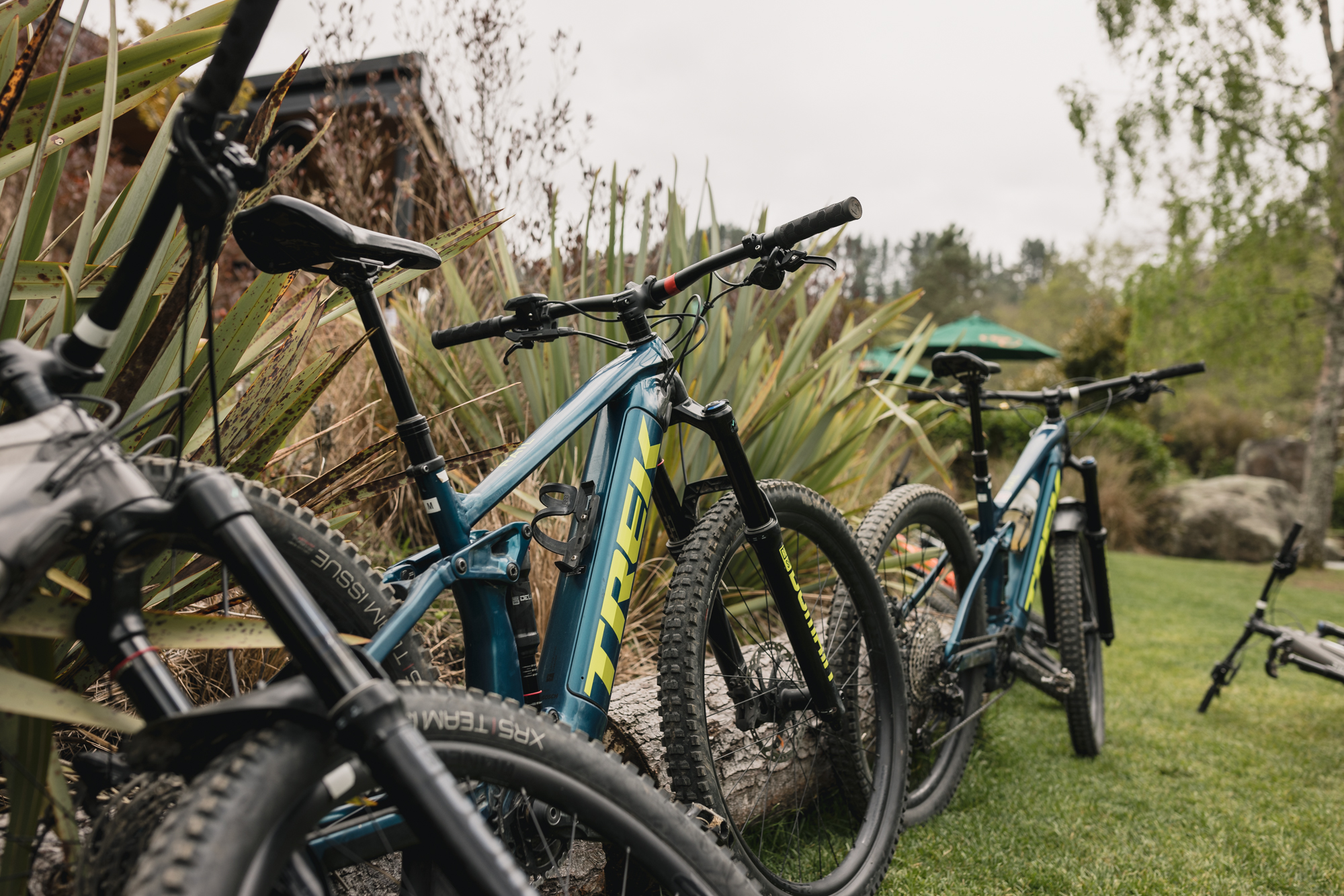
'Any tampering can be detected by the software. Whether it's a chip or a blanking cover on the speed sensor – the computer will pick it up' Ross tells me. 'The Bosch system will put your bike in a limp mode when it detects tampering. It's really low power, stuttering along. You have to ride the bike for 90 minutes like that for it to go back to normal. And if the tampering hasn't been remedied, it'll go back to that limp mode. Do that 3 times and you need to visit your dealer to clear the error code.'
Of course, if you manage to skirt the system and de-restrict your bike, it will put a much higher load on the motor, battery and your components. And even if you think you're flying below the radar, a Bosch service centre can still get more details from the files.
'It's the battery use that is a clear indicator. You can see how the battery life is consumed, how many amps are being drawn – it's really black and white. It drastically reduces the lifespan of your battery as well' Ross confirms.
When you think about it, more speed to go up a hill, at the risk of getting everyone kicked off trails, trashing your bike and potentially seriously injuring yourself – it's not really worth it is it?
